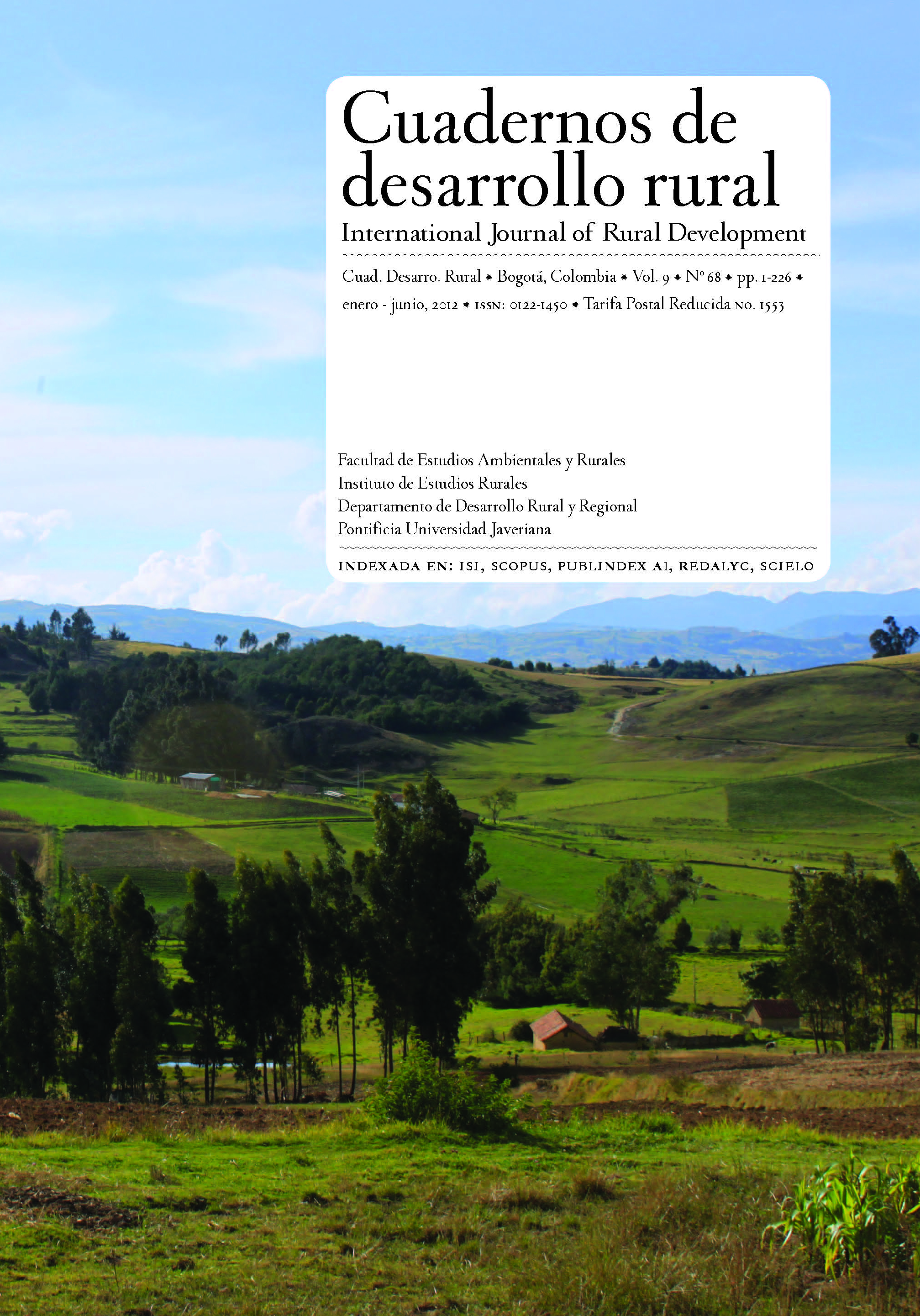Abstract
El cultivo del olivar en Andalucía supone en la actualidad el 83% de la producción española total de aceite de oliva. Buena parte de esta importancia económica está ligada al sistema de subvenciones que percibe de la Política Agraria Comunitaria (PAC). Este trabajo combina técnicas cualitativas y cuantitativas para estudiar los problemas ambientales que provoca el cultivo del olivar en Andalucía. Entre los resultados obtenidos se destaca que el 11,2% de la superficie de olivar pertenece a la categoría de erosión muy alta, el regadío de este cultivo no dispone de recursos hídricos suficientes, y el olivar más productivo (regadío) ocasiona prácticamente la mitad de la carga contaminante que genera el conjunto del olivar con la utilización de nutrientes químicos. Por último, se señala la importante reducción de la diversidad de variedades, y que la variedad picual representa casi el 60% de la superficie total de olivarCuadernos de Desarrollo Ruralis registered under a Creative Commons Attribution 4.0 International Public License. Thus, this work may be reproduced, distributed, and publicly shared in digital format, as long as the names of the authors and Pontificia Universidad Javeriana are acknowledged. Others are allowed to quote, adapt, transform, auto-archive, republish, and create based on this material, for any purpose (even commercial ones), provided the authorship is duly acknowledged, a link to the original work is provided, and it is specified if changes have been made. Pontificia Universidad Javeriana does not hold the rights of published works and the authors are solely responsible for the contents of their works; they keep the moral, intellectual, privacy, and publicity rights.
Approving the intervention of the work (review, copy-editing, translation, layout) and the following outreach, are granted through an use license and not through an assignment of rights. This means the journal and Pontificia Universidad Javeriana cannot be held responsible for any ethical malpractice by the authors. As a consequence of the protection granted by the use license, the journal is not required to publish recantations or modify information already published, unless the errata stems from the editorial management process. Publishing contents in this journal does not generate royalties for contributors.


